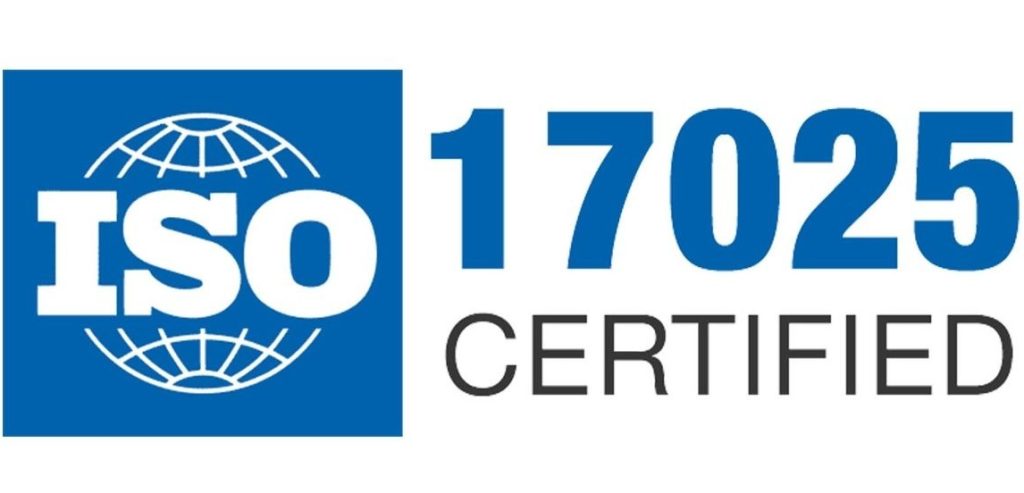Rapid Identification of Unknown Plastics Raw Material Impurities by Accurate Mass Spectrometry and MassFrontier Spectral Interpretation Software
Plastics are fundamental constituents of biomedical devices and of containers and closures (C&Cs) used in packaging of parenteral therapeutics. Leachables and extractables (L&E) residues from these plastics are a common concern of regulated medical industries. Pharmaceutical, biomedical device and therapeutic biologics all require in-depth characterization of residual analytes (ISO 10993-18:2005 and 10993-13:2010) detected in their plastic component leachates and extracts.
Plastic additives such as antioxidants, heat stabilizers, UV absorbers, and mold release agents are common L&E residuals released by plastics. Another obvious, but somewhat neglected source of plastic residuals are plastic contaminants – not prescribed additives –but compounds inadvertently introduced during plastics manufacturing. This case study focuses on the chemical identification and quantification of an acrylic plastic L&E residual compound which was introduced into the plastic as a low level contaminant of one of the monomer raw materials used in the acrylic polymerization manufacturing step.The study highlights how a low level contaminant of a raw material can become a prominent L&E residual, and how mining of analytical data with sophisticated software tools helps to uncover its origin and structure.
In practice, a minimum analytic characterization of plastics extracts for regulatory purposes includes liquid chromatography with UV detection(LC/UV). Low concentration plastic residuals analyzed with LC/UV can yield intense UV signals. However, identification and quantification, which are often needed to support product risk analysis requirements codified in numerous international regulatory guidances (ISO 14971:2007, USP<1663> and USP<1664>), are limited with LC/UV. Often, LC/MS provides the only practical analytical avenue for chemical identification of ppm level L&E analytes.
This case study highlights the analytical power of “accurate mass” mass spectrometry in the chemical identification of an unknown, ppm-level analyte extracted from a long-term implantable (Class III) acrylic ophthalmic device. The LC/UV-PDA/QTof-MS instrument used in this study proved to be an effective “qual/quant” tool for this application.
Click here to read the full study
Authors: Marie Dvorak Christ, Ph.D. & Michal Kliman, Ph.D.


